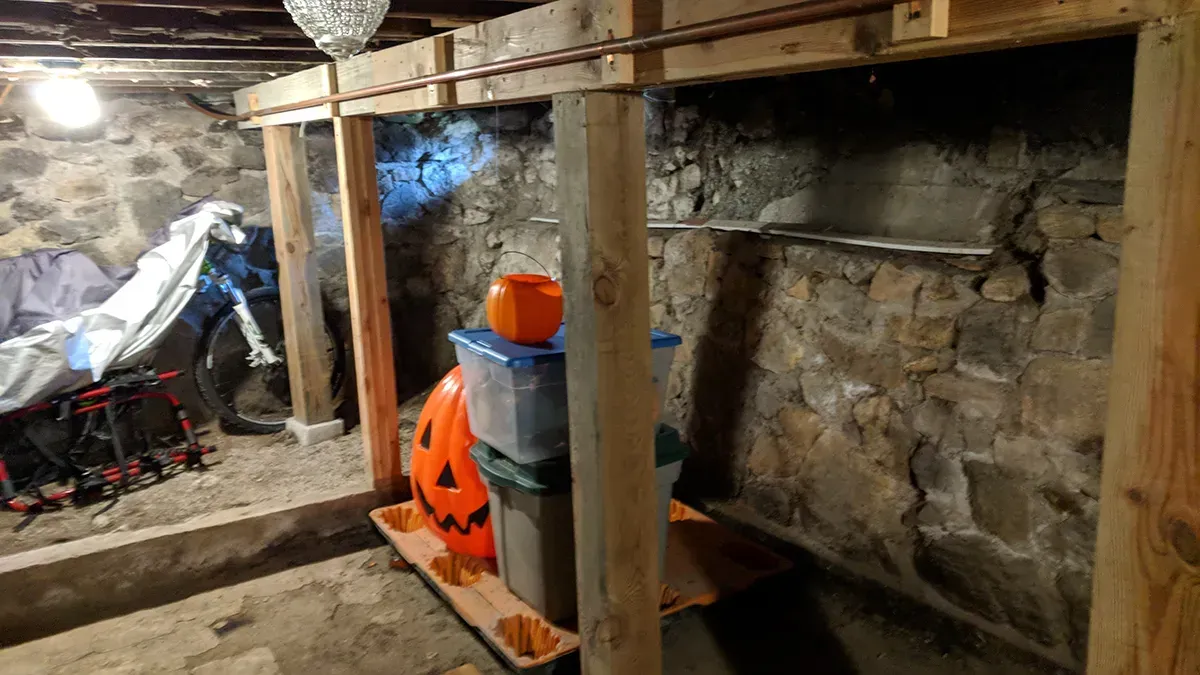What's That Smell? Understanding and Identifying VOCs in Your Home

When you walk into your home, the last thing you expect is to be greeted by an unpleasant odor. While some smells can be easily traced back to obvious sources like a forgotten trash bin or a musty towel, others are more elusive, leaving you puzzled and concerned. Volatile organic compounds, or VOCs, often cause these mysterious odors. Understanding what VOCs are, why they produce odors, and how to identify them is crucial; it empowers you to take control of your indoor environment and ensure your family's health.
What Are VOCs and Why Do They Produce Odors?
Volatile organic compounds (VOCs) are chemicals that evaporate quickly at room temperature, releasing molecules into the air that can produce a variety of smells. These compounds are ubiquitous in indoor environments and found in household products and materials such as paints, cleaning supplies, air fresheners, and building materials. The odors you notice are often the first indication of VOCs in the air. For example, the pungent smell of fresh paint is due to VOCs released during drying.
VOCs can be classified scientifically based on their chemical structure and how they interact with our sensory systems. For instance, some VOCs primarily activate our olfactory senses, leading to the perception of odors. These can include compounds like ethyl propanoate, which has a fruity smell, or toluene, which has a sweet, pungent odor. Other VOCs may irritate the eyes, nose, or throat. The sensory irritation from VOCs such as 1-butanol or 2-heptanone signals that the compound is present at higher concentrations, potentially impacting indoor air quality.
Why Should You Care About VOCs?
VOCs play a significant role in the quality of your indoor air. High levels of certain VOCs can cause health issues, some minor, such as headaches and dizziness, and more severe conditions, such as respiratory problems or even long-term organ damage. This underscores the urgency of addressing VOCs in your home, especially if you have children, the elderly, or individuals with pre-existing health conditions who are particularly vulnerable to their effects.
The science behind this is precise: while our sense of smell is sensitive to detecting VOCs at low concentrations, the irritation response triggered by VOCs occurs at much higher concentrations. This means that when you feel irritation in your eyes or throat, the concentration of VOCs in the air is significantly high, which can be dangerous. To minimize exposure, ensure proper ventilation in your home, use VOC-free or low-VOC products, and regularly clean and maintain your indoor environment. Additionally, because VOCs are more concentrated indoors—where we spend most of our time—their impact on health can be more pronounced. This makes it essential for homeowners to be aware of potential sources of VOCs and to take steps to minimize exposure.
How to Identify VOCs Using Odors
The first step in identifying VOCs in your home is to conduct a thorough visual inspection. Start by looking for obvious sources of odors, such as cleaning products, air fresheners, or newly purchased furniture. These items often release VOCs into the air as they off-gas. Pay special attention to areas where you notice persistent or unusual smells that can't be traced to a visible source.
It's wise to consult a professional when unsure about the source of an odor or if you suspect VOCs may be present. A qualified professional can collect VOC samples from your home using specialized equipment and send them to a certified lab for analysis. These labs can detect various VOCs, from everyday substances like formaldehyde, often found in building materials, to more elusive compounds associated with mold or fuel sources.
The detection process often involves measuring the concentration of VOCs in the air and understanding their specific impact on sensory irritation and odor detection. For instance, research indicates that the mixture of certain VOCs like butyl acetate and toluene can affect how we perceive odors and irritation. At higher concentrations, these mixtures may produce more pungent odors or cause more significant irritation, making it critical to promptly identify and address these compounds.
Stay Safe in Your Home
Odors in the home are more than just an inconvenience—they can be a sign of VOCs that may impact your health. By understanding what VOCs are, why they produce odors, and how to identify them, you can take proactive steps to ensure your home is safe and pleasant. However, if you're ever in doubt about an odor, remember that seeking professional help to identify VOCs can provide peace of mind and the support you need to protect your indoor air quality.





